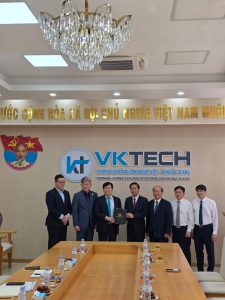The Hilton Thermo-Electric Heat Pump has been designed to enable students to investigate the performance of a semi-conductor module which, on the application of an electrical power supply, will produce a refrigerating effect. Though the power required to produce this cooling effect is high, modules of this type find applications in a variety of high technology fields.
Conversely, by producing a temperature difference across the module a direct conversion of heat to electrical energy results. Again, due to inefficiency the power produced per module is small but applications do exist where alternatives are either not available or impractical.
The semi-conductor assembly is mounted on a heat sink protecting through the front face of the glass reinforced plastic instrument panel.
The assembly consists of a module sandwiched between aluminium blocks giving both mechanical strength and thermometer wells for temperature measurement. A nickel chrome alloy element heats the outer face of the cold side aluminium block and this thermally insulated within a stainless steel casing. Each of the experimental configurations described may be established simply by sequenced switching of four control switches.
Variation of the power supplied to both the heater and semi-conductor module is achieved by separate long life heavy duty rheostats.
Measurement of the power supplied to the heater and module is achieved by the use of separate ammeters and voltmeters. A small lamp provides a ‘load’ which may be switched across the module in order to investigate the generating effect and a milli-ammeter and voltmeter allow measurement of the power generated.
![[:en]THERMO-ELECTRIC HEAT PUMP UNIT[:]](https://amescovn.com/wp-content/uploads/2021/08/r534.jpg)




 Gọi điện
Gọi điện SMS
SMS Chỉ Đường
Chỉ Đường